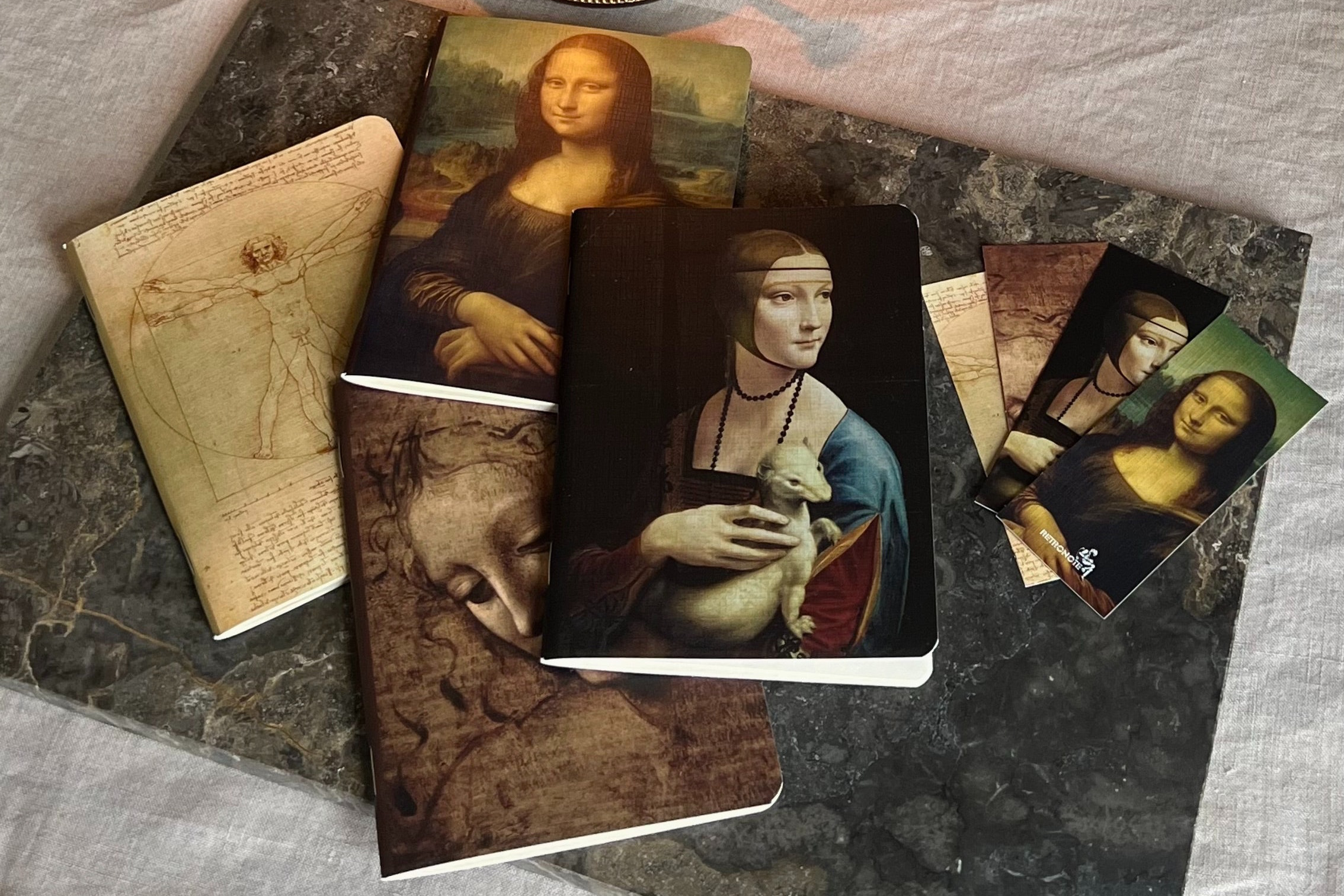Many companies often use images of well-known works of art from the past to market and advertise their products, based on the belief that, once the maximum term of copyright protection provided by L. 633/ 1941 on Copyright (70 years after the death of the author), each work falls into the public domain and is therefore freely usable, with the sole exception of uses likely to harm the honor and decorum of the author (always prosecutable also on the initiative of the descendants or the competent. Ministry).
In reality, instead, the Code of Cultural Heritage (D.lgs. 42/2004) – according to which “Cultural objects are immovable and movable objects belonging to the State, to the regions, to the other territorial public bodies, as well as to any other public body and institution and to private non-profit-making legal entities that have an artistic, historical and archaeological interest, ethno-anthropological,” (Art. 10) – reserves the right to authorise the reproduction of the image of the work to the authority which is responsible for the cultural object (for example, the museum, the art gallery, etc.), subject to payment of the fee fixed by the authority, while the reproduction of protected works is free only if carried out non-profit (art. 108 of the Code).
On the other hand, the same Copyright Law (633/1941), in transposing Community Directive 2019/790 (c.d. Copyright Directive), has expressly established – introducing art. 32-quater – that, even when the term of the exclusive right of use provided for by the same law in favour of the author and his successors in title expired, “The provisions on the reproduction of cultural heritage, as laid down in Legislative Decree no. 42”.
Therefore, those who want to use the image or reproduction of a work of art of the past to promote their products or within them, must obtain the consent of the body that has them in custody, paying the contribution provided for by them.
The rule has received significant legal confirmation. For example, the famous board game production company Ravensburger had used the image of the ”Vitruvian Man” by Leonardo da Vinci, kept in the Gallerie dell’Accademia in Venice, for the realization and marketing of a game (puzzle) bearing the image of that work, without, however, requesting any prior concession to the Venetian Museum.
In response to this, the Court of Venice, by order of 24 October 2022, prohibited in Ravensburger the use of the image of the work in question without the required authorization from the Museum of the Gallerie dell’Accademia in Venice.
Similarly, last autumn the Uffizi Gallery in Florence took legal action against the well-known maison Jean-Paul Gaultier for the reproduction, without authorization, of the image of the “Venere” of Botticelli on its clothing of the capsule collection “Le Musée”.
A little more dated – but still in the same sense – is an order made in 2017 by the Court of Florence that recognized the illicit organization Visit Today, which had reproduced on its depliants and website the image of the “David“Michelangelo without having asked the consent of the Ministry of Cultural Heritage, which has in delivery the work.

